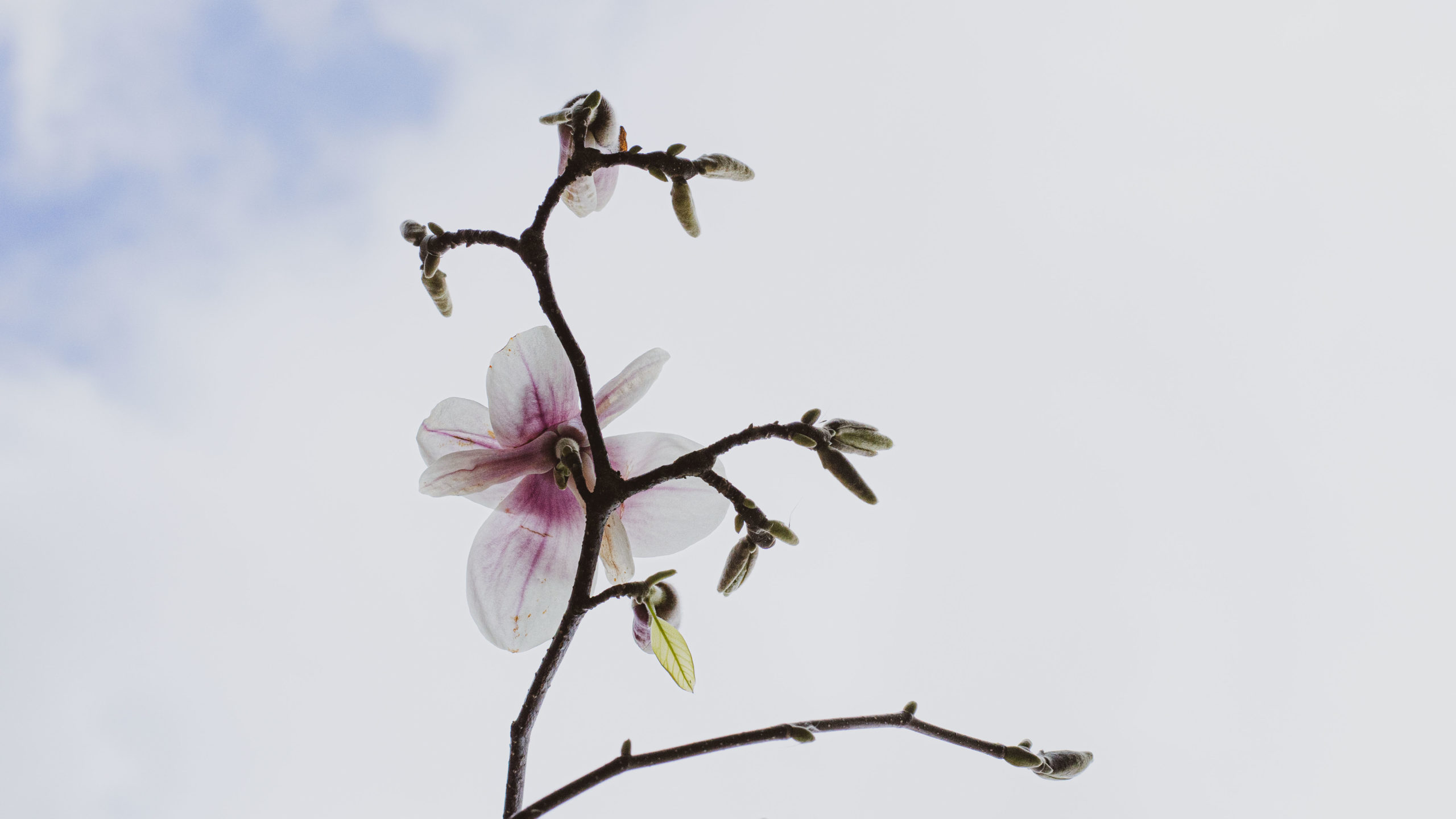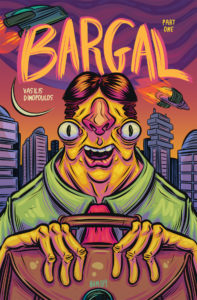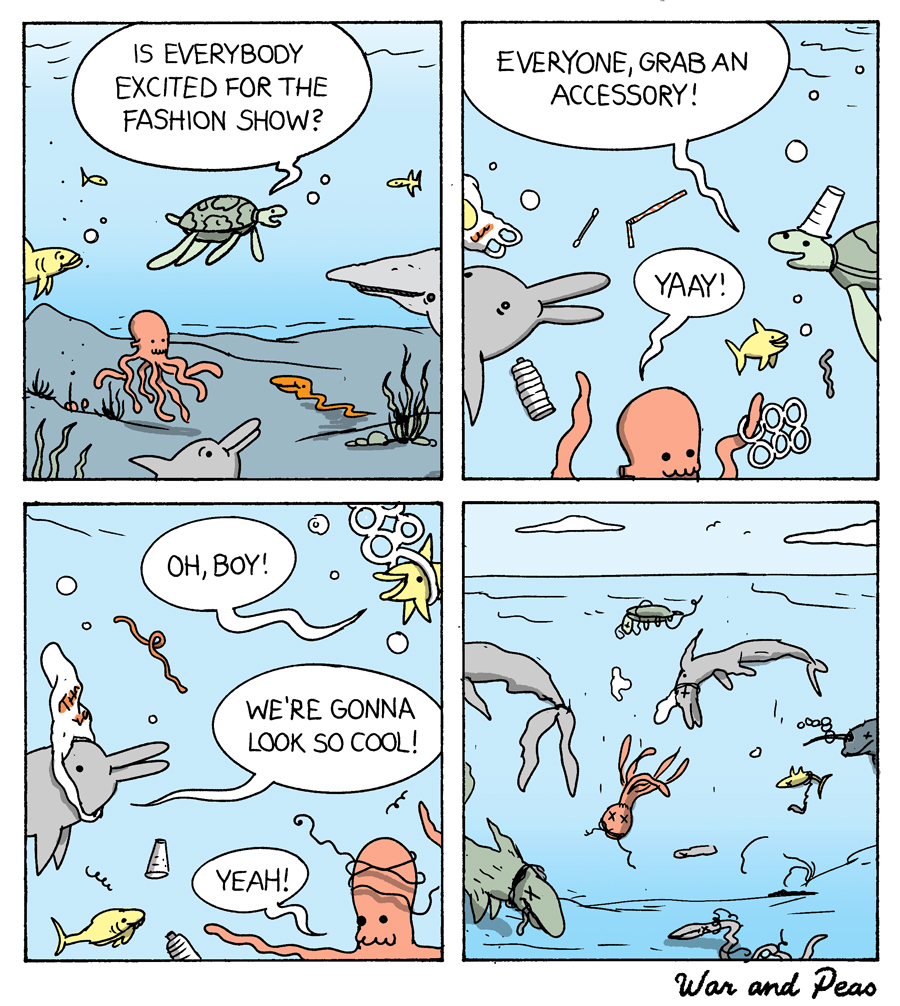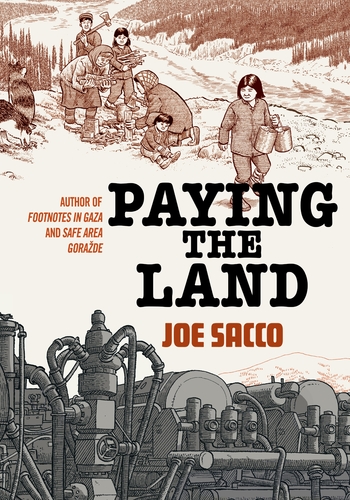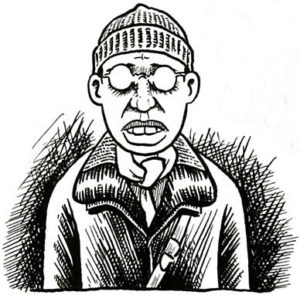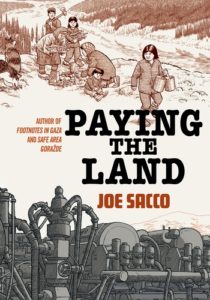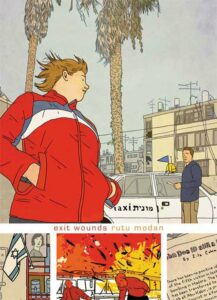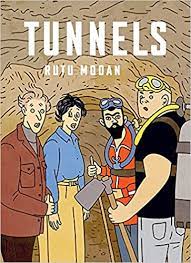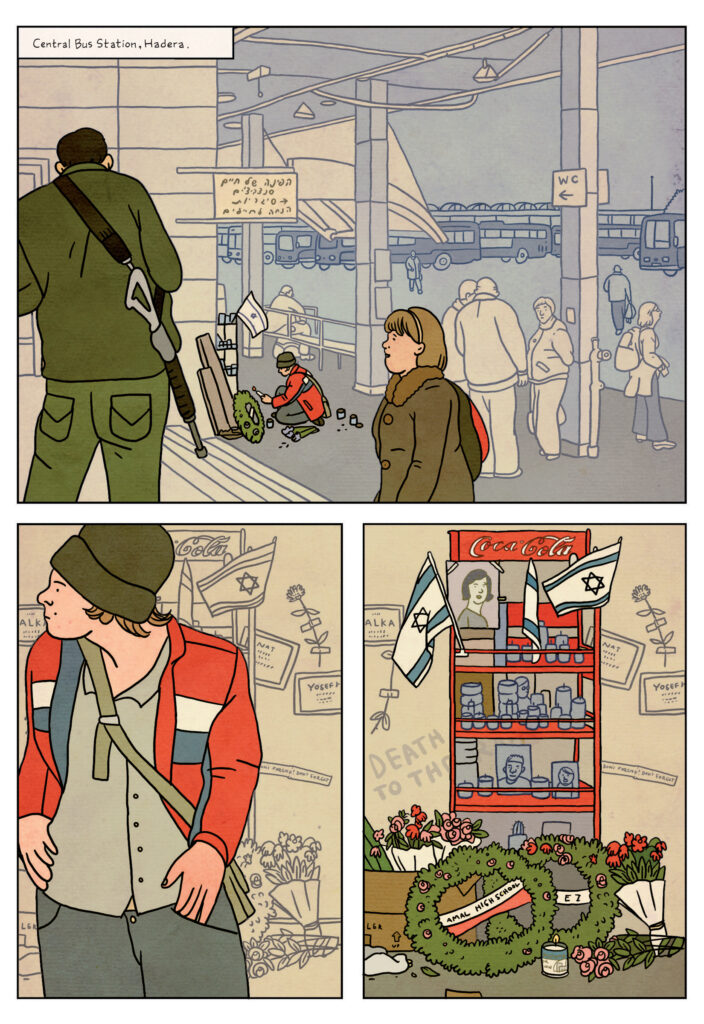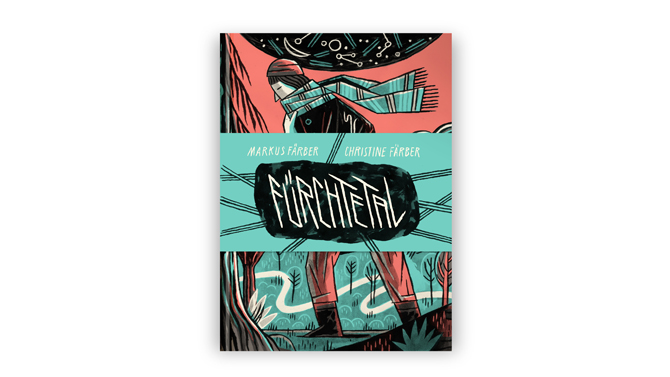
Trigger warning: this text contains mentions of suicide.
There are few topics that confront me with the limits of language as drastically as grief. How should I face a person who has lost a family member or a friend? In our society, grief is often veiled with platitudes, covered with sayings found on postcards that are above all signs of a certain speechlessness.
In their new comic Fürchtetal (German: ‘fear valley’), the siblings Markus and Christine Färber search for words and images to express their personal grief. The plot centers around the death of their father who in 2019 unexpectedly took his life. Through an artistic dialogue, brother and sister return to the landscapes of their childhood, to a forest near the rural village in which they grew up. Like a winding path, the words of Christine Färber guide readers through the book and form a sequence of singular moments, thoughts, and memories regarding her father’s death. Her words seamlessly intertwine with the drawings of Markus Färber who, with broad brushstrokes and grey watercolors, finds melancholy and sometimes fantastical images for the siblings’ experiences.
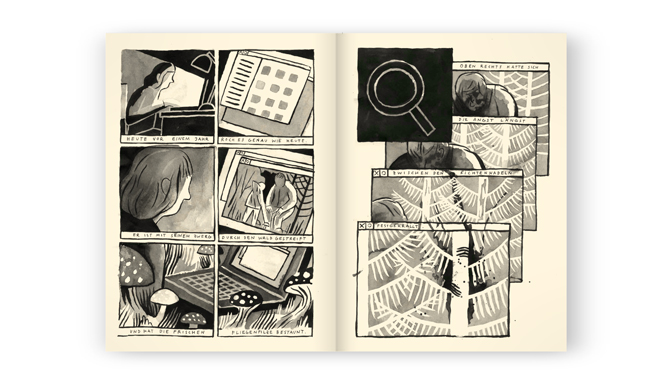
Because of its narration, Fürchtetal feels meandering and searching in the best sense. Many passages almost associatively delve into childhood memories of the artist duo, only to return again and again to certain experiences. One of these strains is the last meeting between the siblings and their father when he was in treatment at a clinic due to his mental health. In passages such as these, Markus Färber’s drawings resort to bold abstraction: his father is reduced to the simplified drawing of a head which sits on the bed. What may initially appear like a puzzling artistic choice later enables a certain poetic ambiguity. At its core, Fürchtetal is about the emotional state of the artists who each struggle with the loss of their father in their own way. These multifaceted images, which harness the power of comics in creative ways, make Fürchtetal an engaging read.
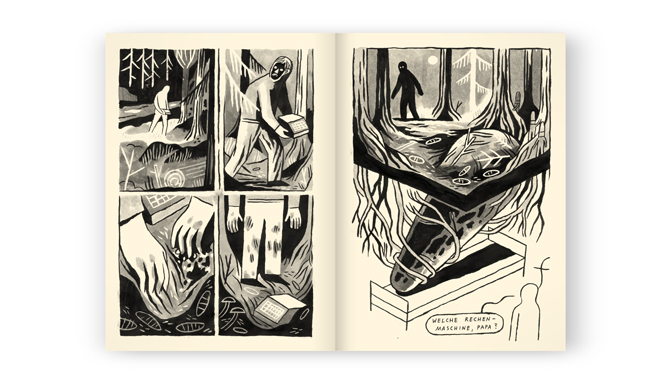
Fürchtetal
Markus & Christine Färber (GER)
2021
Rotopol
